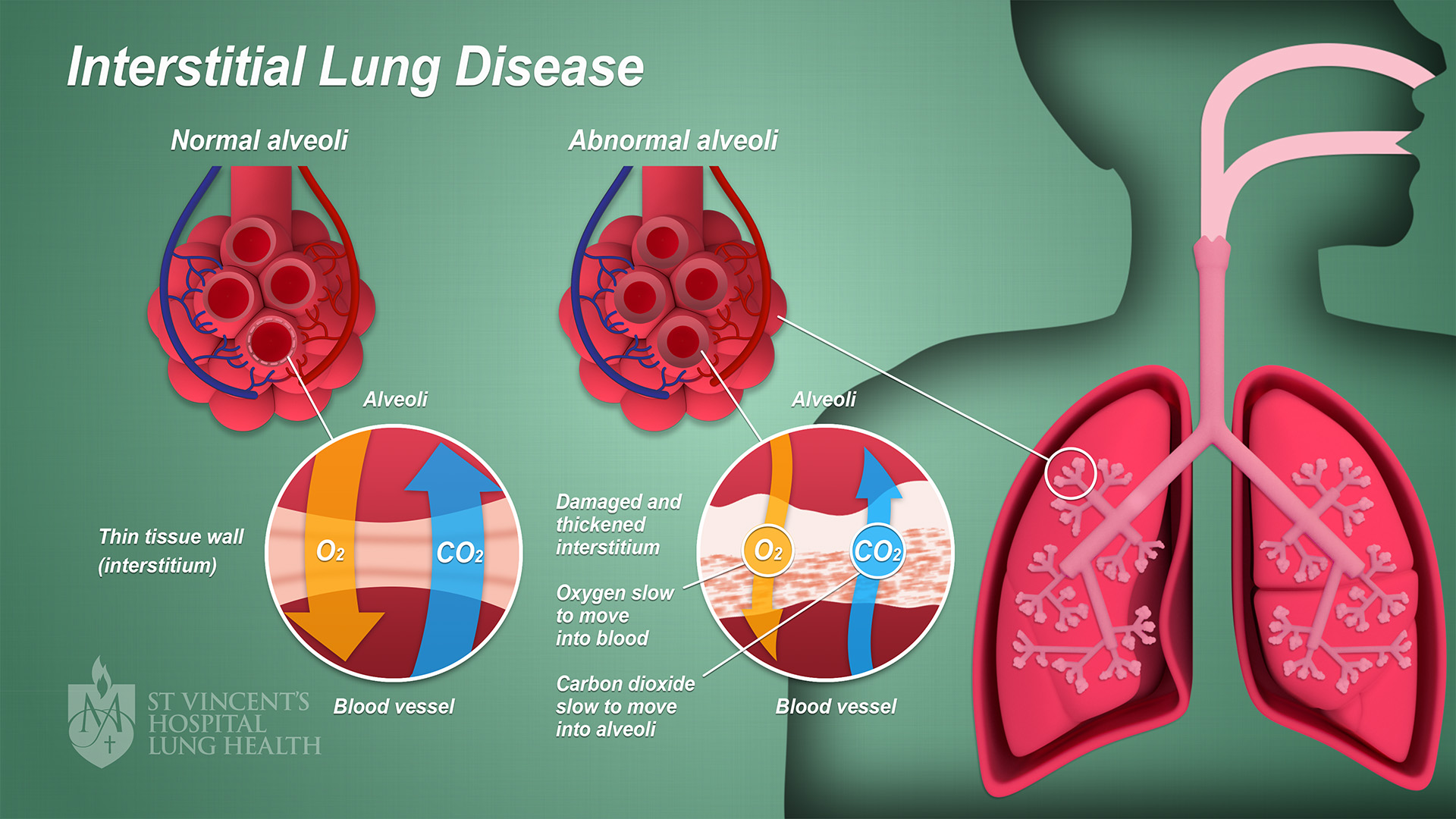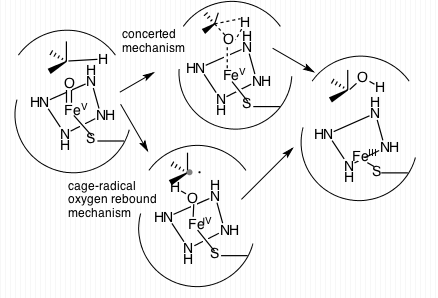|
Osimertinib
Osimertinib, sold under the brand name Tagrisso, is a medication used to treat non-small-cell lung carcinomas with specific mutations. It is a third-generation epidermal growth factor receptor tyrosine kinase inhibitor. The most common side effects include diarrhea, rash, musculoskeletal pain, dry skin, skin inflammation around nails, sore mouth, fatigue, and cough. Osimertinib was approved for medical use in the United States in November 2015, and in the European Union in February 2016. Medical uses Osimertinib is used to treat locally advanced or metastatic non-small-cell lung cancer (NSCLC), if the cancer cells are positive for the T790M mutation in the gene coding for EGFR or for activating EGFR mutations. The T790M mutation may be de novo or acquired following first-line treatment with other EGFR tyrosine kinase inhibitors, such as gefitinib, erlotinib, and afatinib. In the US, EGFR exon 19 deletions, exon 21 L858R mutations, or the T790M status of the patient befo ... [...More Info...] [...Related Items...] OR: [Wikipedia] [Google] [Baidu] [Amazon] |
T790M
T790M, also known as Thr790Met, is a gatekeeper mutation of the epidermal growth factor receptor (EGFR). The mutation substitutes a threonine (T) with a methionine (M) at position 790 of exon 20, affecting the ATP binding pocket of the EGFR kinase domain. Threonine is a small polar amino acid; methionine is a larger nonpolar amino acid. Rather than directly blocking inhibitor binding to the active site, T790M increases the affinity for ATP so that the inhibitors are outcompeted; irreversible covalent inhibitors such as osimertinib can overcome this resistance. Clinical Over 50% of acquired resistance to EGFR tyrosine kinase inhibitors (TKI) is caused by a mutation in the ATP binding pocket of the EGFR kinase domain involving substitution of a small polar threonine residue with a large nonpolar methionine residue, T790M. In November 2015, the US FDA granted accelerated approval to osimertinib (Tagrisso) for the treatment of patients with metastatic epidermal growth factor recep ... [...More Info...] [...Related Items...] OR: [Wikipedia] [Google] [Baidu] [Amazon] |
Non-small-cell Lung Cancer
Non-small-cell lung cancer (NSCLC), or non-small-cell lung carcinoma, is any type of epithelial lung cancer other than small-cell lung cancer (SCLC). NSCLC accounts for about 85% of all lung cancers. As a class, NSCLCs are relatively insensitive to chemotherapy, compared to small-cell carcinoma. When possible, they are primarily treated by surgical resection with curative intent, although chemotherapy has been used increasingly both preoperatively ( neoadjuvant chemotherapy) and postoperatively ( adjuvant chemotherapy). Types The most common types of NSCLC are squamous-cell carcinoma, large-cell carcinoma, and adenocarcinoma, but several other types occur less frequently. A few of the less common types are pleomorphic, carcinoid tumor, salivary gland carcinoma, and unclassified carcinoma. All types can occur in unusual histologic variants and as mixed cell-type combinations. Non-squamous-cell carcinoma almost occupies the half of NSCLC. In the tissue classification, the cent ... [...More Info...] [...Related Items...] OR: [Wikipedia] [Google] [Baidu] [Amazon] |
Epidermal Growth Factor Receptor
The epidermal growth factor receptor (EGFR; ErbB-1; HER1 in humans) is a transmembrane protein that is a receptor (biochemistry), receptor for members of the epidermal growth factor family (EGF family) of extracellular protein ligand (biochemistry), ligands. The epidermal growth factor receptor is a member of the ErbB, ErbB family of receptors, a subfamily of four closely related receptor tyrosine kinases: EGFR (ErbB-1), HER2/neu (ErbB-2), ERBB3, Her 3 (ErbB-3) and Her 4 (ErbB-4). In many cancer types, mutations affecting EGFR expression or activity could result in cancer. Epidermal growth factor and its receptor was discovered by Stanley Cohen (biochemist), Stanley Cohen of Vanderbilt University. Cohen shared the 1986 Nobel Prize in Medicine with Rita Levi-Montalcini for their discovery of growth factors. Deficient signaling of the EGFR and other receptor tyrosine kinases in humans is associated with diseases such as Alzheimer's, while over-expression is associated with th ... [...More Info...] [...Related Items...] OR: [Wikipedia] [Google] [Baidu] [Amazon] |
Afatinib
Afatinib, sold under the brand name Gilotrif among others, is a medication which is used to treat non-small cell lung carcinoma (NSCLC). It belongs to the tyrosine kinase inhibitor family of medications. It is taken by mouth. It is mainly used to treating cases of NSCLC that harbour mutations in the epidermal growth factor receptor (EGFR) gene. It is on the World Health Organization's List of Essential Medicines. Medical uses It has received regulatory approval for use as a treatment for non-small cell lung cancer, although there is emerging evidence to support its use in other cancers such as breast cancer. Adverse effects Adverse effects by frequency include: ;Very common (>10% frequency): * Diarrhea (>90%) * Rash/dermatitis acneform * Stomatitis * Paronychia * Decreased appetite * Nose bleed * Itchiness * Dry skin ;Common (1–10% frequency): * Dehydration * Taste changes * Dry eye * Cystitis * Cheilitis * Fever * Runny/stuffy nose * Low amount of potassi ... [...More Info...] [...Related Items...] OR: [Wikipedia] [Google] [Baidu] [Amazon] |
Interstitial Lung Disease
Interstitial lung disease (ILD), or diffuse parenchymal lung disease (DPLD), is a group of respiratory diseases affecting the interstitium (the tissue) and space around the alveoli (air sacs) of the lungs. It concerns alveolar epithelium, pulmonary capillary endothelium, basement membrane, and perivascular and perilymphatic tissues. It may occur when an injury to the lungs triggers an abnormal healing response. Ordinarily, the body generates just the right amount of tissue to repair damage, but in interstitial lung disease, the repair process is disrupted, and the tissue around the air sacs (alveoli) becomes scarred and thickened. This makes it more difficult for oxygen to pass into the bloodstream. The disease presents itself with the following symptoms: shortness of breath, nonproductive coughing, fatigue, and weight loss, which tend to develop slowly, over several months. The average rate of survival for someone with this disease is between three and five years. The term IL ... [...More Info...] [...Related Items...] OR: [Wikipedia] [Google] [Baidu] [Amazon] |
Foundation Medicine
Foundation Medicine, Inc. is an American company based in Cambridge, Massachusetts, which develops, manufactures, and sells genomic profiling assays based on next-generation sequencing technology for solid tumors, hematologic malignancies, and sarcomas. History Foundation Medicine was founded in Cambridge, Massachusetts. The company was conceived after Broad Institute researchers Levi Garraway and Matthew Meyerson published a 2007 paper detailing a method for large-panel testing of 238 DNA mutations. Foundation Medicine launched in 2010 with a $25 million Series A financing led by Third Rock Ventures. The company released its first commercial assay, or test, called FoundationOne in 2012. The company also began partnering with pharmaceutical companies to analyze patient samples. The first such program was piloted with Novartis in 2011, and by 2018, the company had more than 30 partnerships. Foundation Medicine launched its second test, a hematological biomarker assay call ... [...More Info...] [...Related Items...] OR: [Wikipedia] [Google] [Baidu] [Amazon] |
Stomatitis
Stomatitis is inflammation of the mouth and lips. It refers to any inflammatory process affecting the mucous membranes of the mouth and lips, with or without oral ulceration. In its widest meaning, stomatitis can have a multitude of different causes and appearances. Common causes include infections, nutritional deficiencies, allergic reactions, radiotherapy, and many others. When inflammation of the gums and the mouth generally presents itself, sometimes the term ''gingivostomatitis'' is used, though this is also sometimes used as a synonym for herpetic gingivostomatitis. The term is derived . Causes Nutritional deficiency Malnutrition (improper dietary intake) or malabsorption (poor absorption of nutrients into the body) can lead to nutritional deficiency states, several of which can lead to stomatitis. For example, deficiencies of iron, vitamin B2 (riboflavin), vitamin B3 (niacin), vitamin B6 (pyridoxine), vitamin B9 (folic acid) or vitamin B12 (cobalamine) may all manif ... [...More Info...] [...Related Items...] OR: [Wikipedia] [Google] [Baidu] [Amazon] |
Paronychia
Paronychia is an inflammation of the skin around the nail, often due to bacteria or fungi. Its sudden (acute) occurrence is usually due to the bacterium ''Staphylococcus aureus''. Gradual (chronic) occurrences are typically caused by fungi, commonly '' Candida albicans''. Risk factors for paronychia include frequent hand washing and trauma to the cuticle, such as from chronic nail biting or hangnails. Treatment typically involves antibiotics for bacterial infections and antifungals for fungal infections. If there is pus formation, incision and drainage may be necessary. Paronychia is commonly mistakenly used interchangeably with herpetic whitlow or felon, which are distinct conditions. Etymology The term paronychia is from the from ''para'', "around", ''onyx'', "nail" and the noun suffix '' -ia''. Signs and symptoms The index and middle fingers are most commonly affected and may present with redness, swelling and pain. Pus or discharge may be present. Fi ... [...More Info...] [...Related Items...] OR: [Wikipedia] [Google] [Baidu] [Amazon] |
CYP3A5
Cytochrome P450 3A5 is a protein that in humans is encoded by the ''CYP3A5'' gene. Tissue distribution ''CYP3A5'' encodes a member of the cytochrome P450 superfamily of enzymes. Like most of the cytochrome P450, the CYP3A5 is expressed in the prostate and the liver. It is also expressed in epithelium of the small intestine and large intestine for uptake and in small amounts in the bile duct, nasal mucosa, kidney, adrenal cortex, epithelium of the gastric mucosa with intestinal metaplasia, gallbladder, intercalated ducts of the pancreas, chief cells of the parathyroid and the corpus luteum of the ovary (at protein level). Clinical significance The cytochrome P450 proteins are monooxygenases which catalyze many reactions involved in drug metabolism and synthesis of cholesterol, steroids and other lipids. This protein localizes to the endoplasmic reticulum and its expression is induced by glucocorticoids and some pharmacological agents. The enzyme metabolizes drugs such as nif ... [...More Info...] [...Related Items...] OR: [Wikipedia] [Google] [Baidu] [Amazon] |
CYP3A4
Cytochrome P450 3A4 (abbreviated CYP3A4) () is an important enzyme in the body, mainly found in the liver and in the intestine, which in humans is encoded by ''CYP3A4'' gene. It organic redox reaction, oxidizes small foreign organic molecules (xenobiotics), such as toxins or drugs, so that they can be removed from the body. It is highly homologous to CYP3A5, another important CYP3A enzyme. While many drugs are deactivated by CYP3A4, there are also some drugs that are ''activated'' by the enzyme. Some substances, such as some drugs and furanocoumarins present in grapefruit juice, interfere with the action of CYP3A4. These substances will, therefore, either amplify or weaken the action of those drugs that are modified by CYP3A4. CYP3A4 is a member of the cytochrome P450 family of oxidizing enzymes. Several other members of this family are also involved in drug metabolism, but CYP3A4 is the most common and the most versatile one. Like all members of this family, it is a hemoprote ... [...More Info...] [...Related Items...] OR: [Wikipedia] [Google] [Baidu] [Amazon] |
Gefitinib
Gefitinib, sold under the brand name Iressa, is a medication used for certain breast, lung and other cancers. Gefitinib is an EGFR inhibitor, like erlotinib, which interrupts signaling through the epidermal growth factor receptor (EGFR) in target cells. Therefore, it is only effective in cancers with mutated and overactive EGFR, but resistances to gefitinib can arise through other mutations. It is marketed by AstraZeneca and Teva Pharmaceutical Industries, Teva. It is on the WHO Model List of Essential Medicines, World Health Organization's List of Essential Medicines. It is available as a generic medication. Mechanism of action Gefitinib is the first selective inhibitor of epidermal growth factor receptor's (EGFR) tyrosine kinase domain. Thus gefitinib is an EGFR inhibitor. The target protein (EGFR) is a member of a family of receptors (ErbB) which includes Her1(EGFR), Her2(erb-B2), Her3(erb-B3) and Her4 (Erb-B4). EGFR is overexpressed in the cells of certain types of human c ... [...More Info...] [...Related Items...] OR: [Wikipedia] [Google] [Baidu] [Amazon] |



